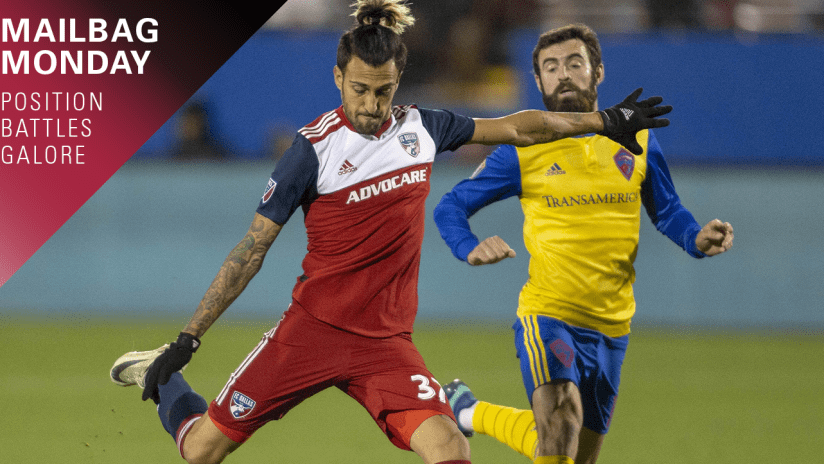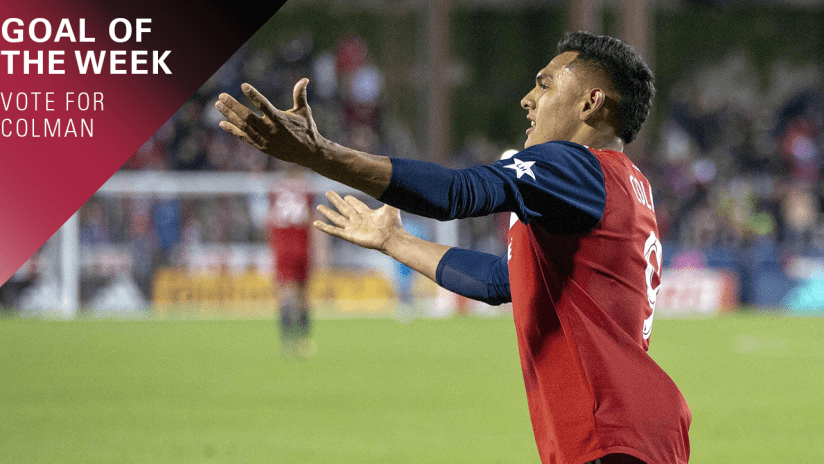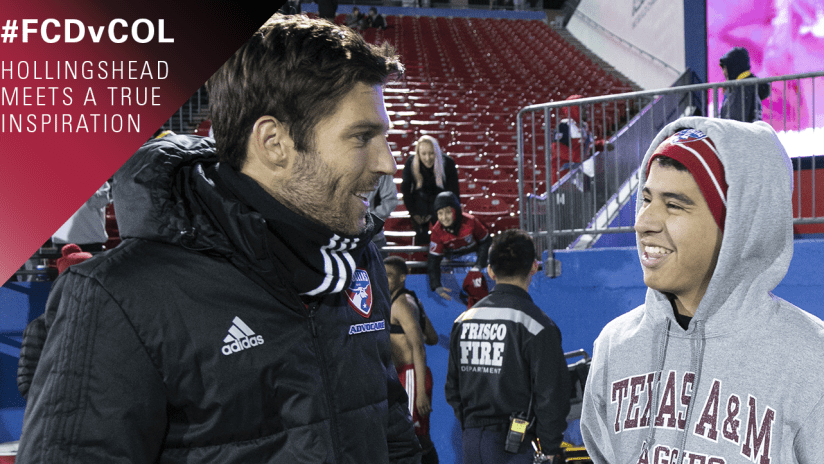FRISCO - FC Dallas wrapped up their four-game home stand to open the 2018 season with a come-from-behind draw against the Colorado Rapids. Before the club heads out on their first road trip of the year, here are three things we learned from Saturday night's match.

Quick Movement
Over the course of the match, Dallas attempted 654 passes and completed more passes than they’ve attempted in any other match this season with 550 successful distributions (previous high of 527 attempted vs. Seattle). According to Opta data, it’s the most passes attempted in a match for FC Dallas in five seasons under Oscar Pareja.
Colorado was more than happy to concede possession and clog the middle of the field, owning just 37 percent of the action, but FCD’s ability to create quick, short passes in building their attack is big.
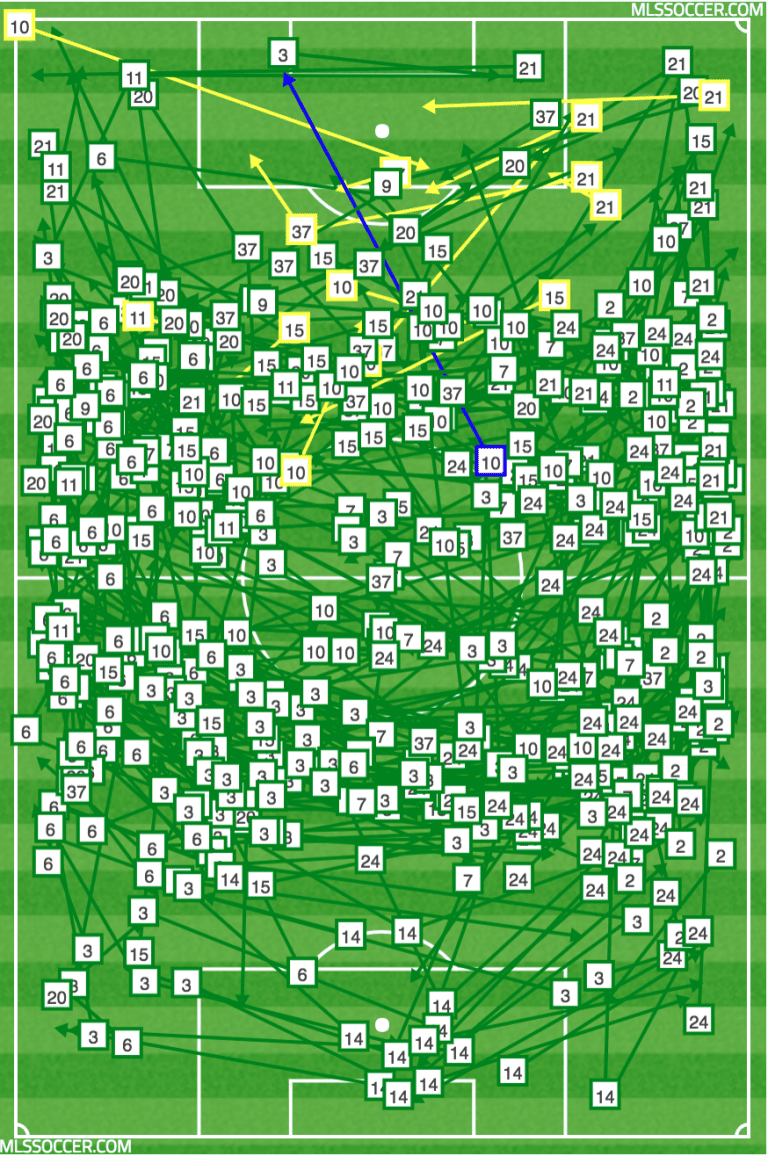
For a team that historically plays better without winning the possession battle, and one that is now trying to control more and more of their matches, being able to keep the ball moving and continually creating new looks - as opposed to more stagnant play or individual efforts - is a positive step.

Volume, Now Quality
As the relationship between Roland Lamah and Anton Nedyalkov down the left side of the field continues to grow, we saw another match creating chances down both flanks. Over the first 70 minutes until Santiago Mosquera came on and Lamah moved to a more interior role, Dallas took it down the left side of the field time and time again.
Looking at the passing charts below from Nedyalkov, Lamah, Michael Barrios and Reggie Cannon, this might be one of the first times we’ve seen more volume on the left side of the field than on the right (although a late-game preference to the right saw an overall attack chart that dominated that side of the field).
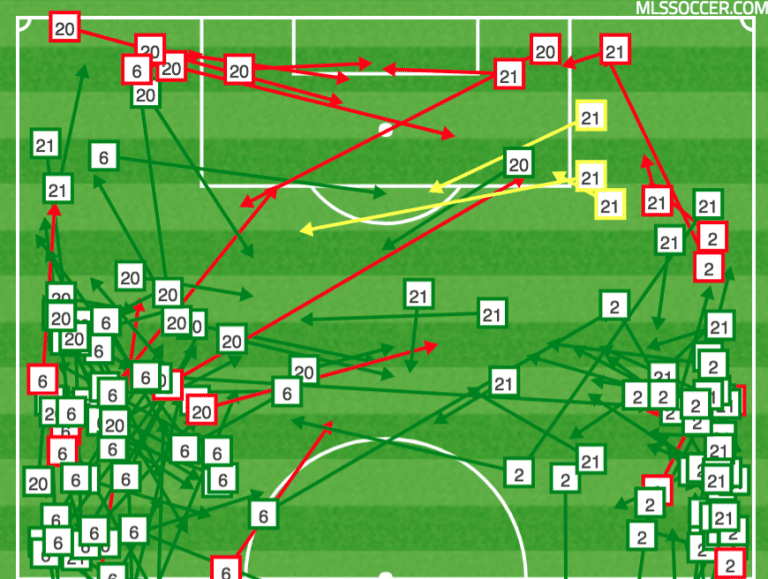
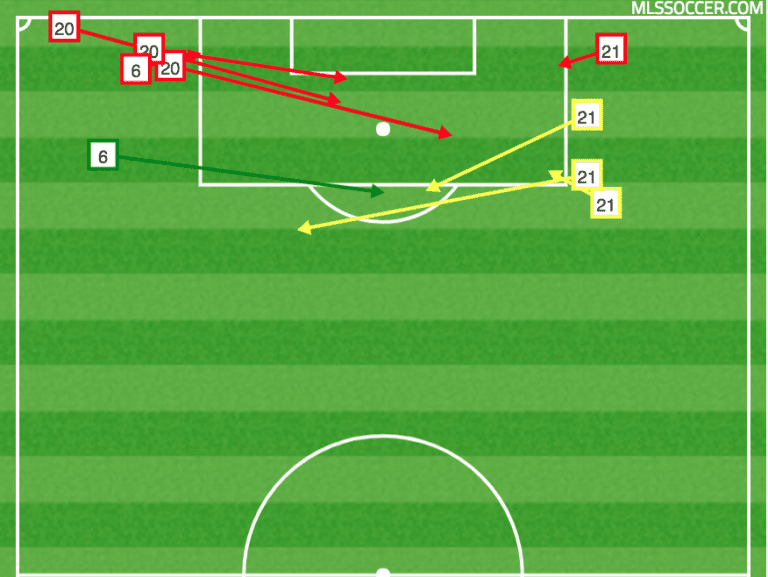
Left: Passes (Successful and not); Right: Crosses and Key Passes
Where the next step needs to be is in finding targets inside the box or outlets deeper in the middle. When we isolate just the crosses and key passes, we see just one successful service from the left side, while Barrios remained nearly perfect in his fewer looks on the right. Granted, most of his key passes (yellow lines) are towards the top of the area, the right winger is connecting with teammates regardless. Lamah is sending in much more dangerous crosses to the heart of the box, but to no avail.

Fluidity in Formation
We’ve seen multiple different formations tested and experimented with by Pareja throughout preseason and the early year, but Saturday night was a culmination of almost all of them.
Playing most of the match in their traditional 4-2-3-1 and chasing the game at home in the 69th minute saw Mosquera come on for Carlos Gruezo, seeing the Colombian move to the left flank, Lamah into a No. 10 role and Mauro Diaz back into a linking midfielder role with Jacori Hayes deep defensively.
Four minutes later, forward Cristian Colman came on for Reggie Cannon as Pareja moved to somewhat of a 3-5-2, more attacking-minded than anything. Matt Hedges moved to the right side of a three-man back line with Nedyalkov on the left, Colman joined Urruti up top with Mosquera, Lamah and Barrios in attacking midfield roles, while Diaz crept a little further north to join them. The key here is opting for true wingers in search of a goal as opposed to wing backs in Cannon and Ryan Hollingshead.
In the 89th minute, Tesho Akindele came on for Lamah and looked to move right to his place in the middle. Seconds after the final sub Diaz sent his 60-yard ball in for Colman for the fantastic equalizer, but had Tesho been given a chance to find a place in the formation I think we might’ve seen a 3-1-3-3 or something of the sorts with Hayes the lone semi-defensive midfielder. I don't think anyone imagined a scenario with Akindele, Barrios, Colman, Diaz, Mosquera and Urruti on the field all at once.
Watching back the goal, you can almost see Colorado’s confusion trying to sort out defensive coverage amongst the six playing a role in Colman being left unmarked on his run down the left. Tesho's run at the same time Colman makes his, combined with Urruti already between two defenders, is attacking overload.


